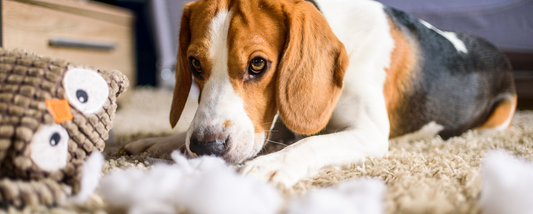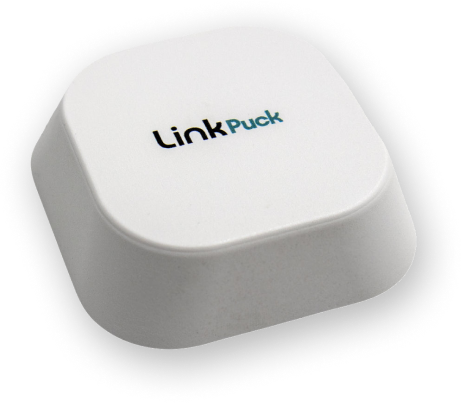One of a pet parent’s biggest responsibilities is making sure their dog is well-groomed. Things like keeping his coat trimmed, removing excess ear wax, and nail clipping are all important parts of maintaining his physical health and appearance But which is better dog nail grinding vs. clipping?
Nail trimming prevents a dog’s nails from cracking or getting too long, which affects their walking. There are two ways to trim your dog’s nails: grinding and clipping. Here’s how each method works.
Pros and Cons of Nail Clipping
Clipping comes with plenty of benefits:
- The two most popular tools, guillotine and scissor clippers, let you cut nails quickly. Guillotine clippers are ideal for small to medium dogs and scissor clippers are great for pooches with large nails.
- They’re quiet when compared to grinders.
- Clippers are less expensive, simple to use, and don’t require a power supply.
One of the biggest disadvantages to clipping is there’s a risk of also clipping your pet’s skin. And the clippers themselves must be maintained to keep them sharp enough to quickly cut the cut nail straight away.
Pros and Cons of Nail Grinding
Grinders use a small, rotating section of a sandpaper-like material to grind down your dog’s nails. Also known as Dremels, this type of grooming tool is electrically powered and uses friction to trim the nails.
Grinders, too, have distinct advantages:
- They’re great for dogs with thicker nails.
- They make it easier to trim dark nails which can blend in with a dog’s coat.
- They leave no sharp edges that can scratch people and household surfaces.
One major disadvantage to nail grinding is the noise that’s produced by the grinder. Some dogs react badly to the buzzing noise and could come to associate the tool with pain and discomfort.
Some people choose to trim a dog’s nails with manual clippers and then do a quick smoothing with the grinder.
Grinding vs. Clipping: How to Decide
There are pros and cons to each method, and which you use will depend a lot on how your dog responds to them. For skittish dogs, it’s probably best to stick to clippers.
If you opt for grinding, you can use an all-purpose grinder or buy one specially made for dogs, which comes with the correct grinding head. For dogs that might be bothered by the noise, try gradually introducing them to the tool.
- Begin by just showing your dog the grinder and then praise him and give him a treat.
- Later, turn the grinder on to get him adjusted to the sound. Praise and treat again.
- Progressively move the grinder closer to your dog’s paw and then briefly touch a nail tip. Don’t forget to praise and treat!
You can then try grinding a nail by holding the tool against one for no longer than a couple seconds at a time. This prevents heat buildup and might also keep your dog calmer until he gets used to the procedure.
No matter how you do it, keeping a pet’s nails properly trimmed is more important than most people think. Whichever method you choose, don’t forget to trim your dog’s dewclaws, those nails that are up on the leg. Left untrimmed, they often curve around and dig into your dog’s flesh.





